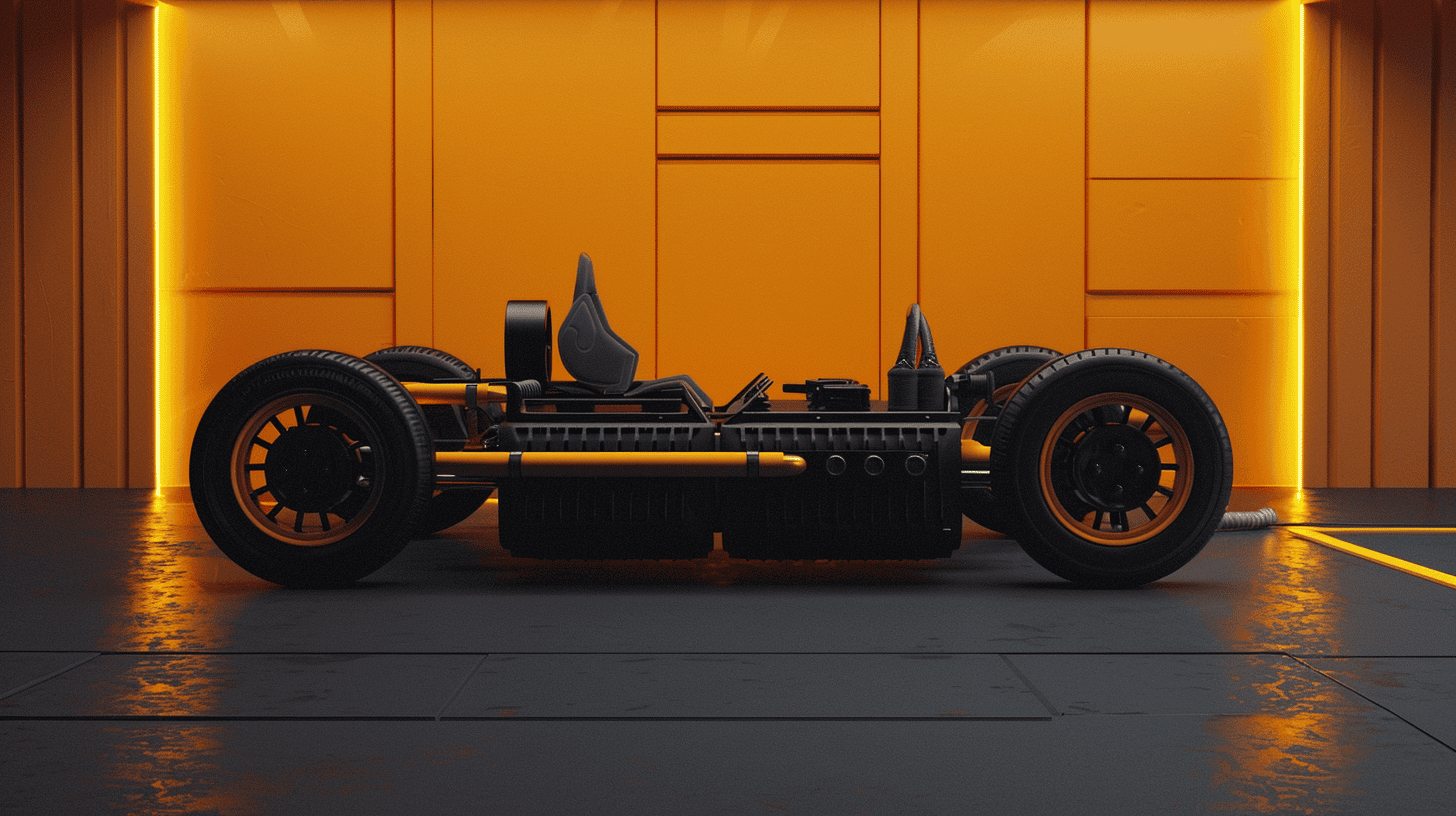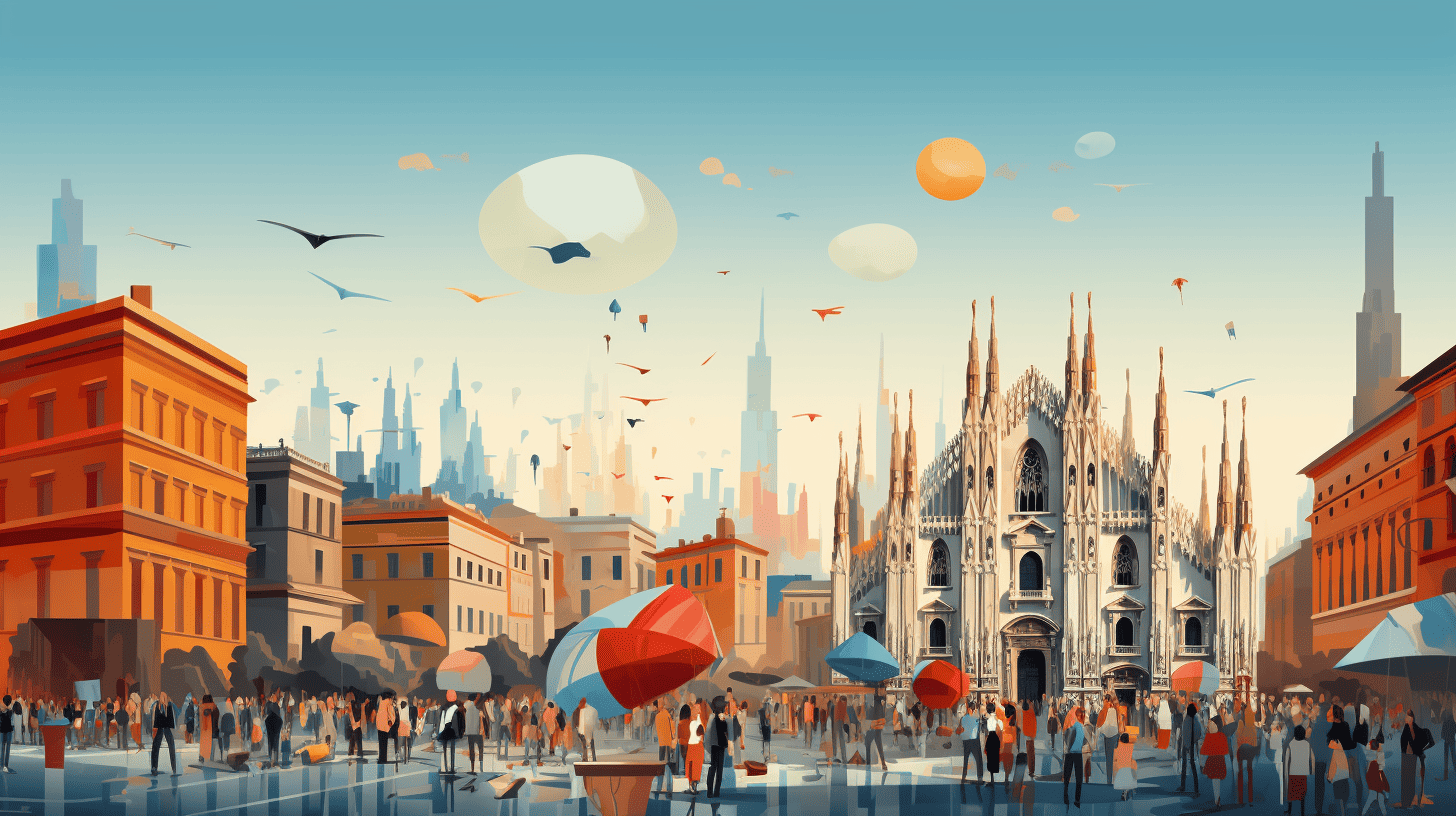
Heat has emerged as one of Europe’s greatest enemies. In the new series ‘Europe battling heat‘, IO finds out how cities (can) arm themselves against it. Today: the role of urban planning solutions and architecture to cool down cities.
Trees and water – or green and blue infrastructure, if you prefer – are the simplest yet most optimal measures to counter urban heat. However, to get the best cooling effects out of them, there has to be a strategy. Architects and urban planners are those designing spaces and solutions that can accommodate all the needs a given urban area might have.
- Urban planning and architecture solutions can play a pivotal role in cooling down cities.
- Frankfurt created ventilation corridors that carry fresh air from the city’s outskirts to downtown.
- Milan’s vertical forest set an example that is being replicated all around the world.
- Vienna is keeping its streets cool by spraying fog.
While a tool like a digital twin indeed represents an informed way to look at what parts of a city suffer the most from heat, the actual planning strategies are those making a difference in relieving a city from hot temperatures. Several good urban planning practices can be found in Europe. From ventilation corridors to groundbreaking architecture, these examples prove to be good ways of keeping downtowns cool.
Frankfurt’s ventilation corridors
In recent years, the German city of Frankfurt saw its annual mean temperature rise. Acknowledging the problem of urban heat, the municipality understood that the way the city is built strongly affects the microclimate of the city. Therefore, the city created a Climate Plan Atlas, summarizing all the city’s climate information on a map. All these data became pivotal in the municipality’s decision on what areas should be or not be unsealed.
In 1991, the city council constituted the Frankfurt Green Belt (Frankfurter Grüngürtel), a circular space around the city’s core. Spanning eight thousand hectares – roughly a third of Frankfurt’s area – the areas encompassed by the belt contain extensive forests and are excluded from urban development.
To maximize the cooling effect of this greenery, the city created ventilation corridors to let fresh air flow in the hottest urban areas. These corridors are stretches of land around the city where no tall buildings or large trees copses are present, allowing air to flow from surrounding areas to downtown. In other words, they serve to connect hot and cold areas of the city. In fact, research showed up to ten °C temperature difference between downtown and its outskirts. The corridors along the river Nidda carry up to 40.000 m3 of cool air per second, flowing into the city center.
Europe battling heat
Europe is breaking heat record after heat record this summer. ESA predicts temperatures of 49 degrees, the ground temperature in Spain soared above 60 degrees Celsius, and more than 60,000 people died from heat in 2022.
Something is going wrong. That the earth keeps warming up, for a start, but besides that, EU member states’ heat plans are insufficient, while the need for them is growing.
In the series ‘Europe battling heat’ the central question is: how does Europe arm itself against heat? In the coming weeks, you can expect an article every Wednesday in which Innovation Origins solves a piece of that question. Today: the role of urban planning solutions and architecture to cool down cities.
High-end architecture
Besides being a prime example of modern architecture – and having been recognized as the most innovative building in the world – Boeri Studio’s Bosco Verticale (Vertical Forest) is a precious ally in combatting heat. The project, located in MIlan’s City Life area, comprises two residential towers with a total of 113 apartments. Each building facade features different plants depending on how much sunlight they would receive. The number of shrubs, trees, and plants covering the buildings is equal to roughly seven thousand m2 of forest.
All the greenery certainly contributes to filtering air and absorbing lots of CO2 in a busy and densely built city like Milan, but also provides defense against the summer heat. The effect is also shown in last year’s snapshot of Milan by the European Space Agency Sentinel satellite. All around the Bosco Verticale complex, a bubble with a lower land surface temperature could be observed.
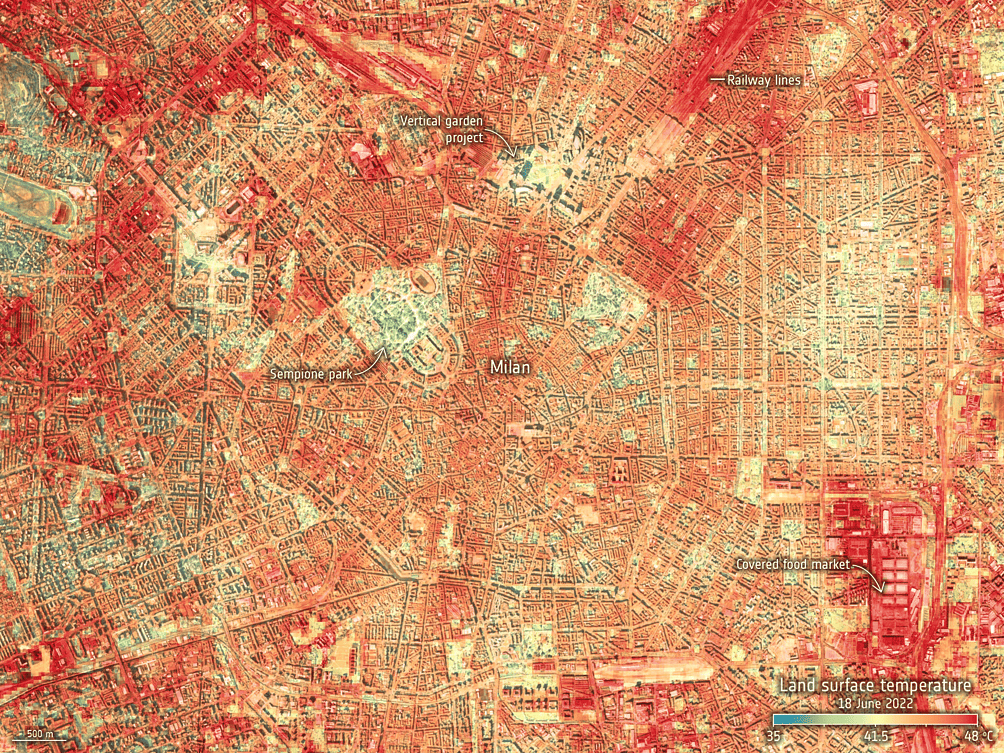
Following the success of Milan’s project, Boeri Studio has brought its concept to several other locations in the world. The same studio is behind the Trudo Vertical Forest in Eindhoven and the Wonderwoods project being constructed in Utrecht. At the end of last year, China’s first vertical forest was also completed in Huanggang, and plans for Liuzhou forest city are also underway. The area will be home to 30000 people along with 40.000 trees and over a million plants. In addition to all the biophilia effects connected to living in a setting with lots of plants, residents will also stay cooler during the hottest days.
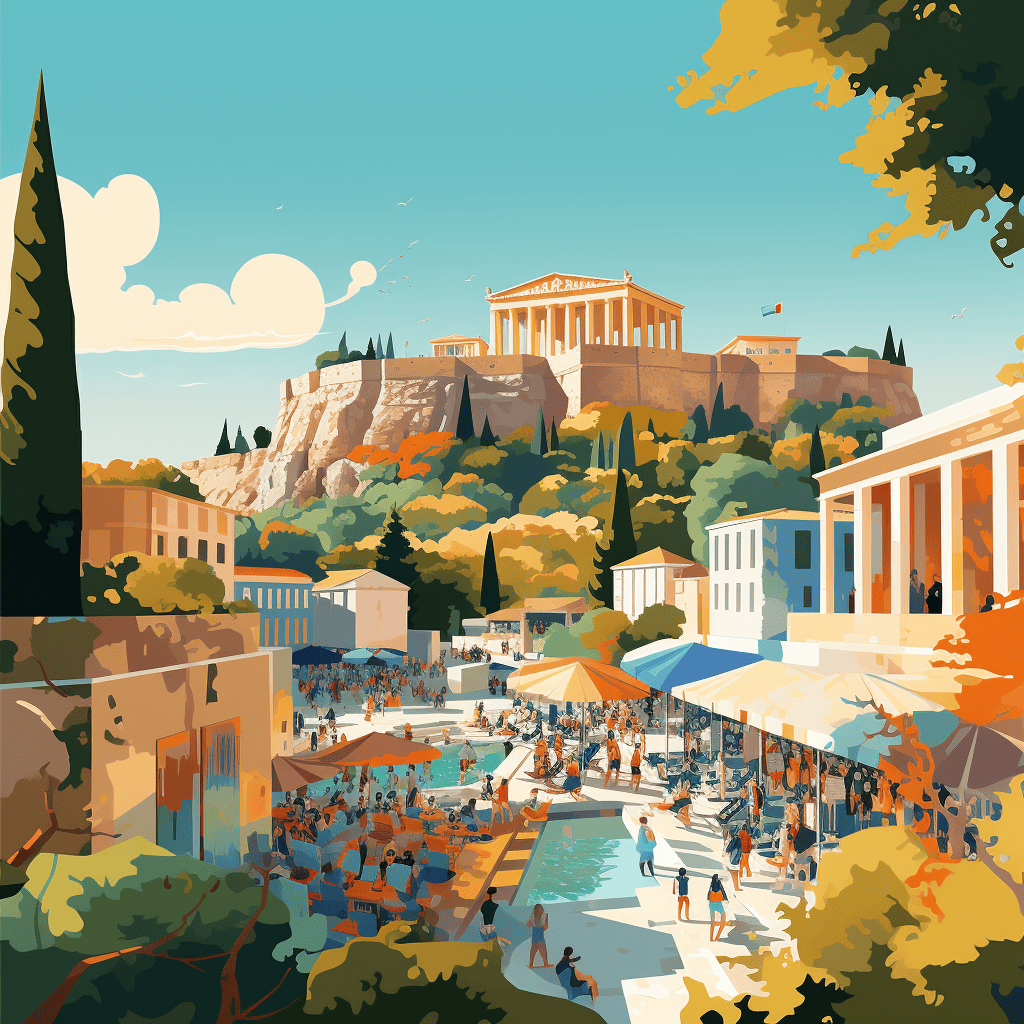
Spraying fog
Austria’s capital Vienna put itself at the forefront of urban planning to contrast urban heat. In fact, it was one of the first European cities to adopt a climate plan. As part of its effort to make its city more liveable, it rolled out a strategy to combat urban heat.
One of the ideas is the creation of so-called “cool streets” (cool straßen). In these streets, citizens can cool off when temperatures are overwhelming, getting fresher with fog showers of fine mist. The technology behind these cold showers comes from Raintime, a company specializing in fog cooling. Their spray system consists of several mist nozzles, which can cool down the ambient temperature by up to five °C. If used in a street comprising trees, the cooling effect can reach ten °C. The system also features a temperature sensor, only switching on from an ambient temperature of 25°C.
In addition, the municipality of Vienna also planted new trees in the streets involved in the initiative, providing more shading along the streets. The initiative kicked off in 2020 with 22 streets. 18 of them were temporary, while the remaining ones – more prone to heat stress – were redesigned completely, also featuring light-colored asphalt so as to reflect light as much as possible.
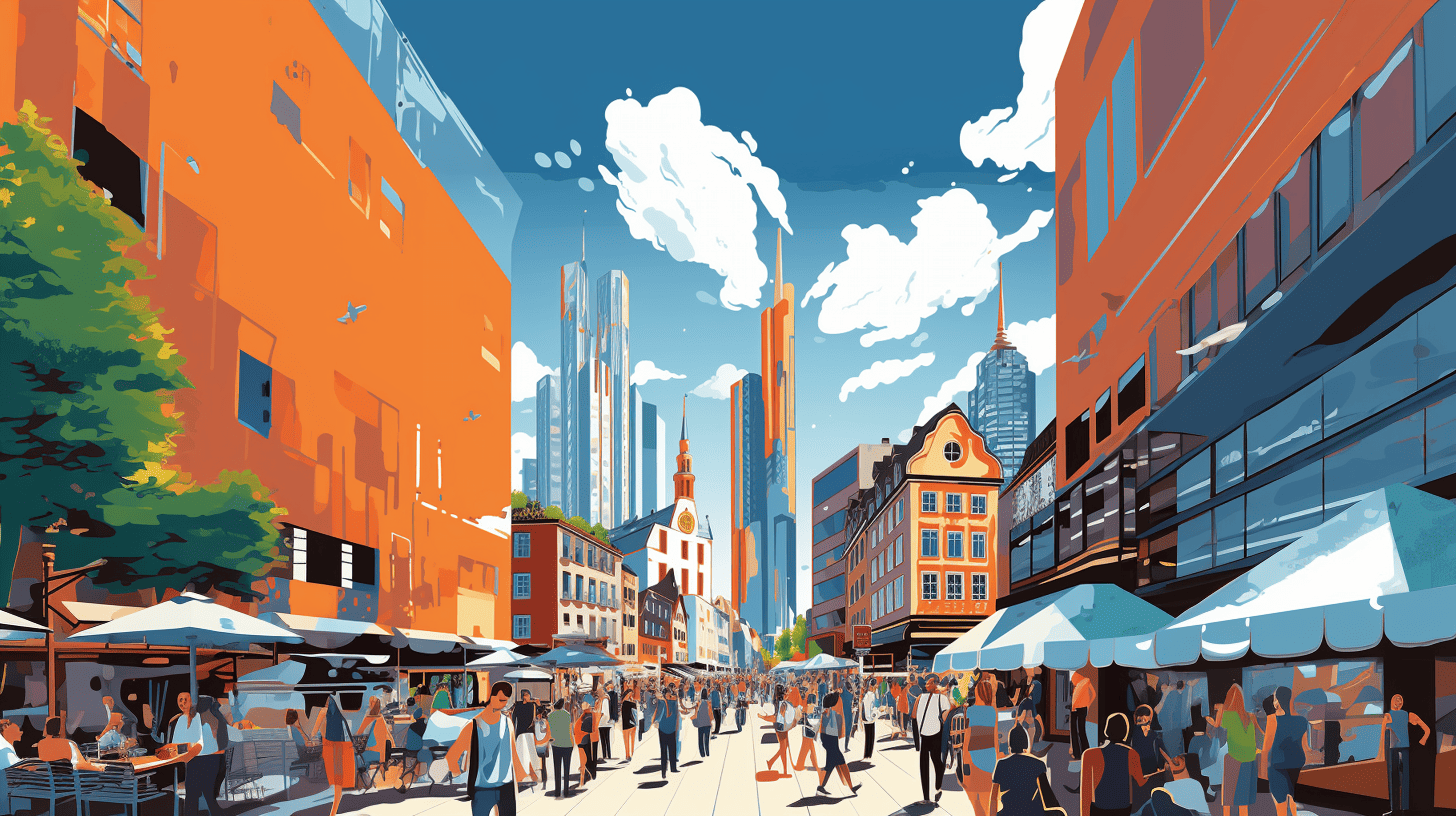
More to come
Greenery and water will keep representing the go-to option when thinking of ways to cool down urban temperatures. Frankfurt’s green belt hosts hundreds of trees, but its potential would be underused if no ventilation corridors were in place. At the same time, the use of mist in streets can be useful in mitigating the impact of severe heat waves. These and many more intuitions in urban planning will help cities battle heat.







